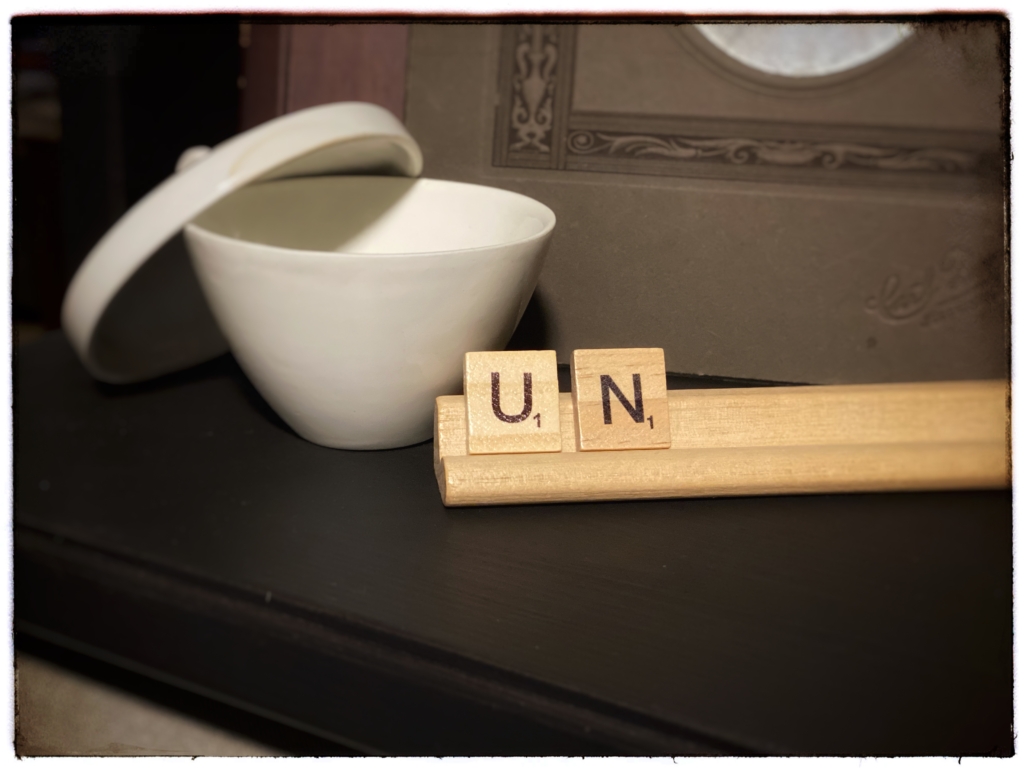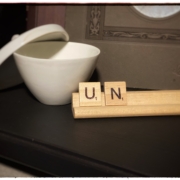Un
I live life by the semester as a college teacher: fall, spring, and summer.
It’s generally an excellent rhythm for me. I have time and space to work on new ideas for my classes in the summer. This is important because it’s hard to work on new ideas for courses while teaching. Then, in the fall and spring, I put those ideas to use and focus on working with my students.
This fall was the first time I wasn’t giddy about going back to school. It wasn’t the usual fresh start I previously relished. Usually, I enjoy the buzz and energy of the new school year, but not this year. This August felt more like a trudge into the repetitive and mundane. I wasn’t starting as my usual, fresh from summer self.
This semester has been one of the hardest of my career. I see the exhaustion in my students and feel that same exhaustion in myself. So many mornings, I have said “Good morning” at the start of class and received silence in return. The students I see are shell-shocked and burned, even at 9am. This doesn’t bode well if they have later classes. It’s hard to keep students motivated when they are already running at less than half a tank. It’s even more complicated when your tank is low as well.
 I know my students and I aren’t the only ones who feel the weight of it all. We are about to enter year 3 of a pandemic with no unified approach and no definite end in sight. Our country is divided as it has been for more than 150 years. Misinformation runs through the internet and cable wires like wildfire, adding to the mess. We went on as best we could with life as usual, but this is a time of the unusual, the uncertain, the unsettled, the uncomfortable, the unrest…this is a time of the un.
I know my students and I aren’t the only ones who feel the weight of it all. We are about to enter year 3 of a pandemic with no unified approach and no definite end in sight. Our country is divided as it has been for more than 150 years. Misinformation runs through the internet and cable wires like wildfire, adding to the mess. We went on as best we could with life as usual, but this is a time of the unusual, the uncertain, the unsettled, the uncomfortable, the unrest…this is a time of the un.
There is no semester rhythm in the time of the un.
Next week, I will give finals, figure grades, and make a game plan for the short break between the fall and spring semesters. This is a time to rest and prepare for the spring semester – when I will do my best to deal with the un of life…and hope my students will too.

 © Catherine Haslag
© Catherine Haslag

 © Catherine Haslag
© Catherine Haslag
 © Catherine Haslag
© Catherine Haslag